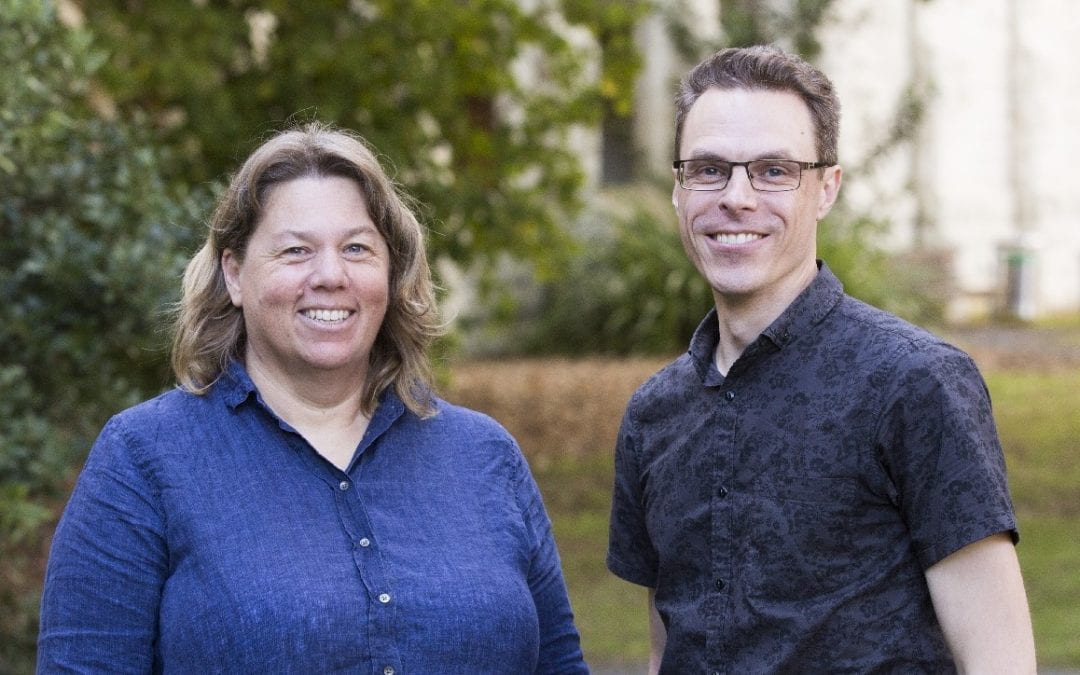Te Pūnaha Matatini incoming co-directors Priscilla (Cilla) Wehi and Murray Cox have collaborated with Hēmi Whaanga and Te Pūnaha Matatini Kaumātua Tom Roa, from the Faculty of Māori and Indigenous Studies at the University of Waikato, on an analysis of Māori ancestral sayings (whakataukī), and their recognition of extinctions and their impact.
Cilla, a conservation biologist with Manaaki Whenua Landcare, and Murray, a Professor of Computational Biology at Massey University, co-authored a paper published in the journal Human Ecology, reporting the linguistic analysis of indigenous Māori whakataukī that focus on fauna and environment, particularly with regard to extinctions of important food sources such as Moa. The findings provide evidence that such extinctions were important as they influenced both ecological and social thought in Māori society. The authors also suggest that oral traditions could have played a similar role in other early societies living through major faunal extinction events.
Examples of whakataukī referring to Moa extinction:
Kua ngaro i te ngaro o te moa
Lost as the moa was lost
Huna i te huna a te moa
Hidden as the moa hid
Ka ngaro ā-moa te iwi nei
The people will disappear like the moa
“Oral tradition, such as these whakataukī passed down by Māori, provide our only real glimpses into the ecological relationships and concerns of early settler populations, and provide early human context to an otherwise relatively dry scientific record of extinction events,” the researchers wrote.
“The whakataukī emphasise that indigenous peoples are not simply passive actors against an environmental backdrop but rather interact with the environment in myriad ways that affect not only the species assemblages present but also the development of cultural values, ideas, and practices.”
Cilla and Murray’s work was picked up by The Conversation in an article entitled ‘Dead as a moa: oral traditions show that early Māori recognised extinction’, and in interviews on Radio NZ, Radio Waatea and TVNZ’s Te Karere.

